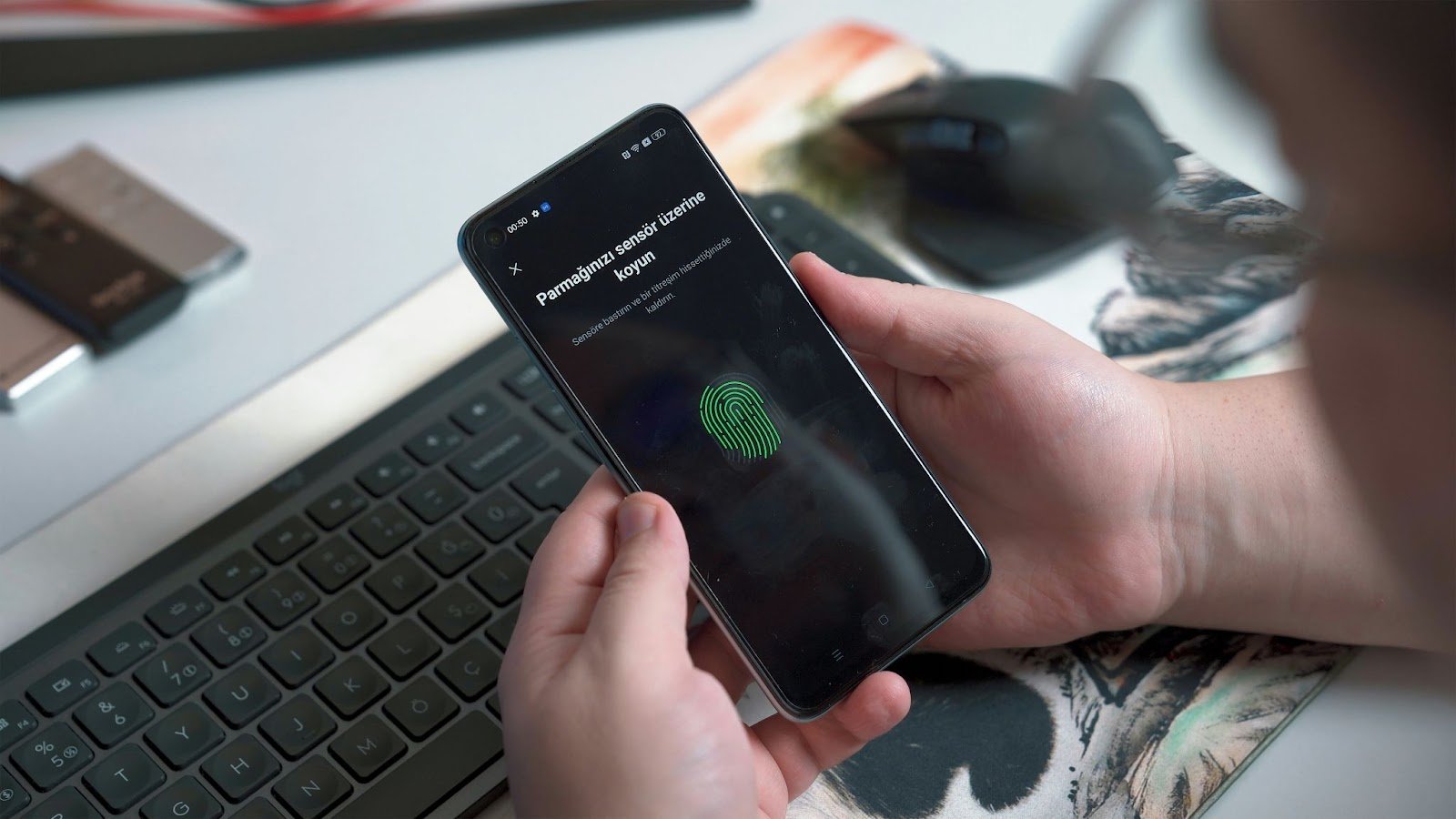In this age of digital economy, the financial sector and firms are under tremendous pressure to verify the identity of the people doing business with them. The growth of cybercrimes, money laundering, and fraudulent activities has not only caused the identity verification process to be a regulatory need but it has brought it a crucial ‘trust-building factor. This is when Know your Customer (KYC) processes come to the picture. As a business looking to stay compliant, or a customer logging in a new account, it is important to learn about the process of KYC.
What is the KYC Process?
KYC or Know Your Customer is the system that is used to ensure that a customer gets the necessary financial services or access to regulated platforms is known or identified. It is required by international regulators to stop criminal actions that are related to money laundering, financing terrorism, and identity theft.
The KYC process would ensure that businesses know their clients and not merely by name, but also whether they are legitimate, what is their risk level, and whether they operate in a financially ethical way.
Why is KYC Process Critical?
To businesses, KYC gives:
- Regulatory compliance Regulatory compliance.
- Error prevention/handling – minimizing the possibility of errors, and error handling.
- Customer confidence – establishing credence in safe buying and selling.
To the customer KYC can be used to ensure:
- The personal data safety and prevention of the impersonation.
- Get access to the financial services, such as opening a bank account, trading crypto, or access loans.
- Efficient payments with low chances of being seized or blocked.
The KYC Process Step by Step Breakdown
The step-by-step process may be different according to the country or the industry, but overall, KYC works with a structure.
1. Customer Identification
The initial one is the gathering of personal information This includes:
- Full name
- Birthday
- Address
- Nationality
- Contact details
Companies may require official identification such as: passport, identification cards or driving licenses.
2. Document Verification
Submitted documents are validated. Proofing can be done in several ways that include;
- Authenticating ID documents.
- Cross referencing with government databases.
- Leveraging the use of AI in detecting forgeries or alterations.
3. Address Verification
Often, it is required to prove the place of residence of the customer. Some of the accepted documents are utility bills, bank statements, or rental agreements.
4. Risk Assessment
Companies evaluate the risk of a particular customer. Such aspects as the occupation, or the source of funds, or the country of residence, or the transaction patterns are examined. To higher-risk clients, the enhanced customer due diligence (EDD) applies where more rigorous checks are required.
5. Ongoing Monitoring
KYC does not stop after one account is opened Businesses are required to continually check transactions in order to identify unusual or suspicious transactions. Presentations should also be done regularly and re-verified.
Digitalized revolution in the KYC Process
Old KYC practices required paperwork and were time-consuming and frustrating to the consumers. Modern KYC digital solutions are helping to change the process by:
- Pace- Instant online verification.
- Safer with AI and biometrics, machine learning.
- User friendly-minimizing efforts in onboarding.
As an example, eKYC (electronic KYC) is now being deployed by banks and fintech platforms that enable customers to upload information, capture selfies, and verify identities within only a couple of minutes.
Read Also: How Technology Is Reshaping Music Creation
Questions of KYC Common Challenges
Nonetheless, there is still obstacles that businesses have to contend with, including:
- High compliance costs to find remedy to high costs involved in implementing advanced KYC systems
- Loss of customers because of the long customer drop-offs during verification processes.
- Evolving regulations – It is always a labor to ensure compliance with the dynamic global AML/KYC legislations.
Best Practices by Businesses in carrying out KYC
- Incorporate digital KYC solutions to increase effectiveness and decrease friction.
- Be aware of the regulations of the different regions in case of international clients.
- Educate the customers why and the need of KYC to achieve cooperation.
- Provide data security such as protection of information about the customers against exposure
Conclusion
KYC is not merely a box to be checked: it is one of the pillars of contemporary financial safety. It safeguards organizations against fraud and regulatory fines, and to customers, it ensures that there is a broader sense of security and trustworthiness. As the digital transformation is reshaping the way KYC is conducted, it is faster, more secure, and usable.
Knowing the process of KYC, step-by-step, businesses and customers will be able to recognize its usefulness to the establishment of a worthy financial ecosystem based on transparency and safety






